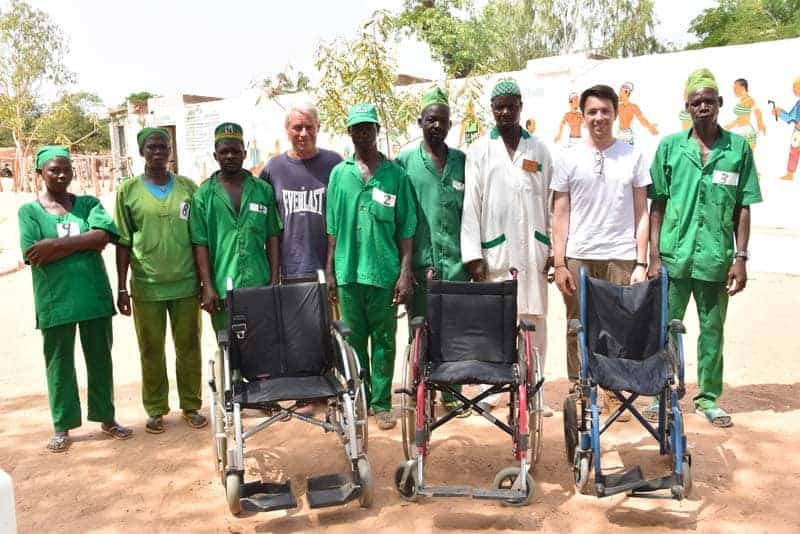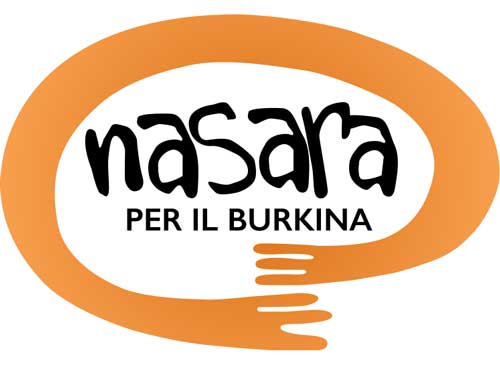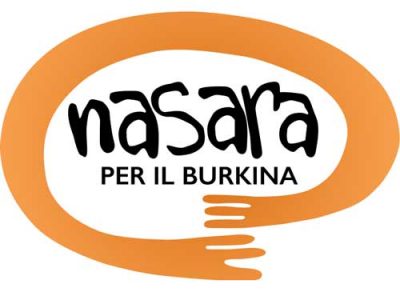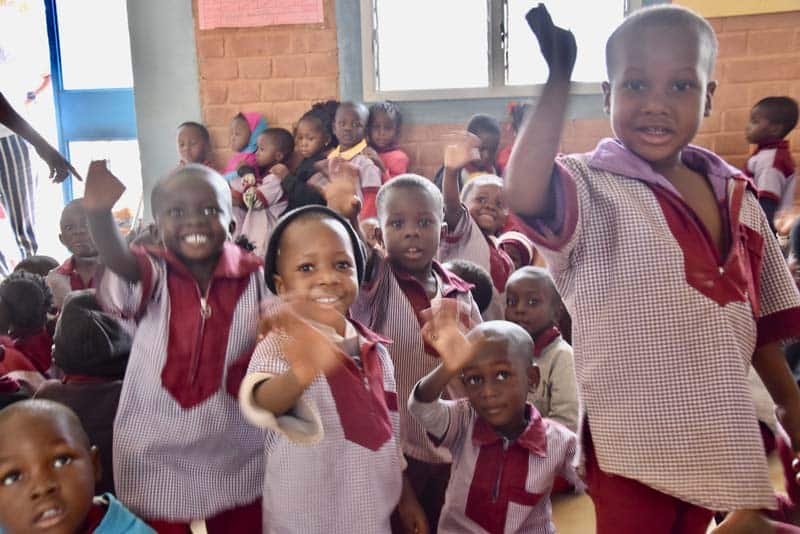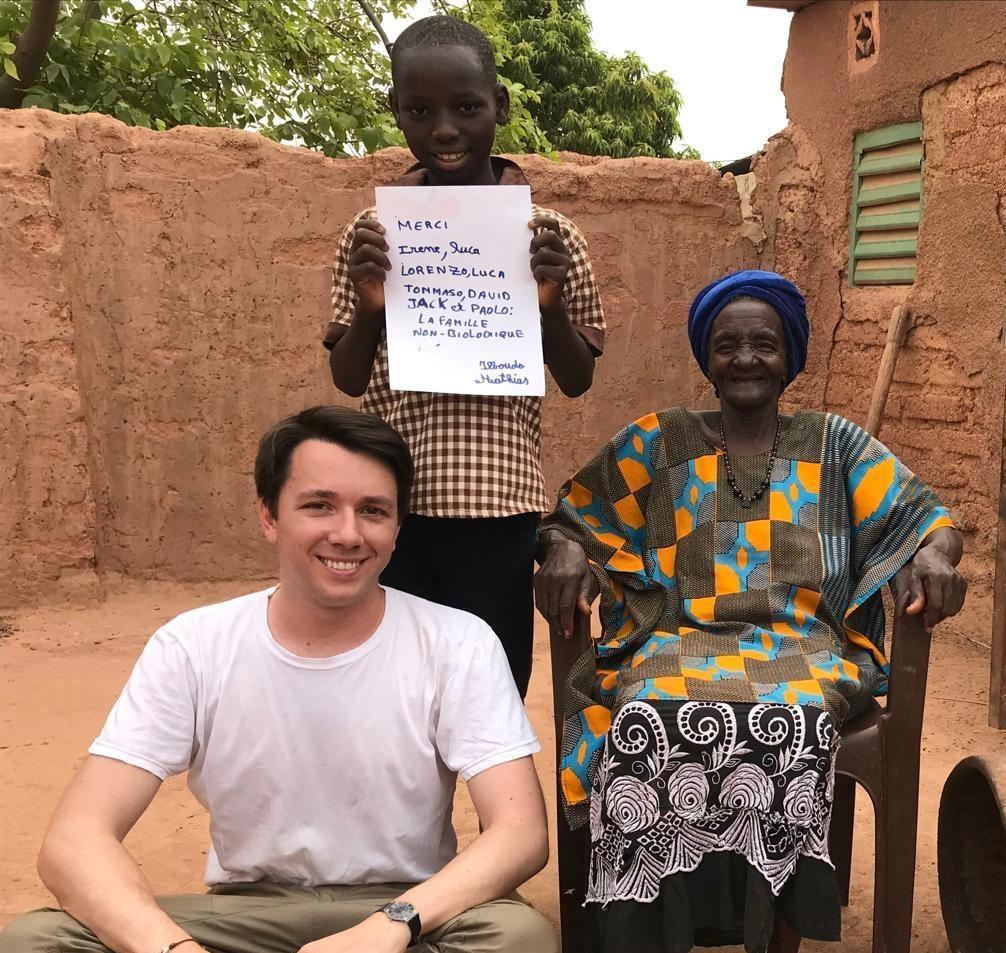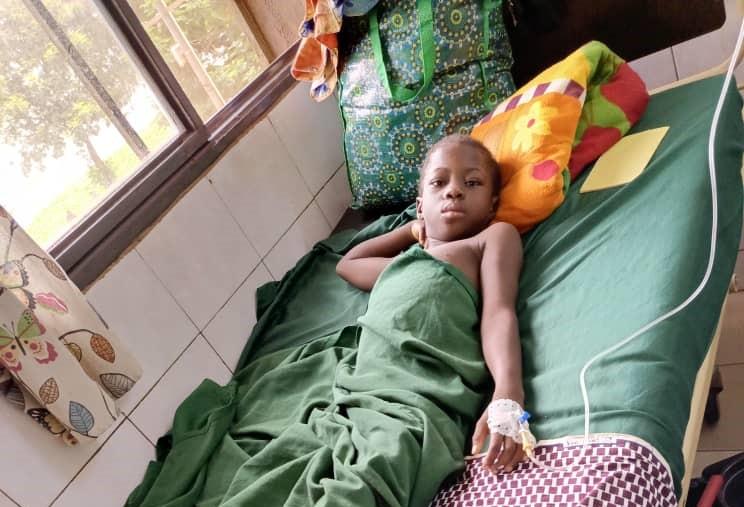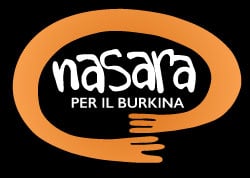The World Health Organisation estimated in 2008 that more than 80% of the population in developing countries use traditional medicine as their first form of medical support. This is because, in addition to economic, social and logistical reasons, the ratio of conventional doctors (village doctors using traditional techniques) to population in Africa is 1:500, while the ratio of conventional doctors (doctors in hospitals using Western techniques) to population is 1:40000.
The World Health Organisation recognises the healing effects of traditional medicine and is pushing for its integration with conventional medicine in developing countries. One of the objectives of the ‘WHO Traditional Medicine Strategy 2014-2023’ is explicitly to ‘promote mutual respect, collaboration and understanding between conventional and traditional practitioners’.

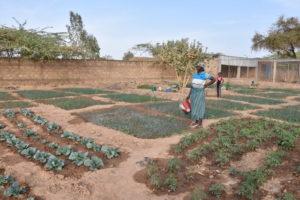
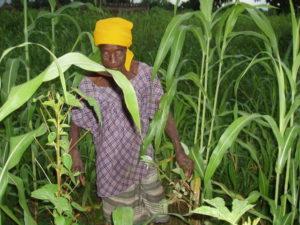
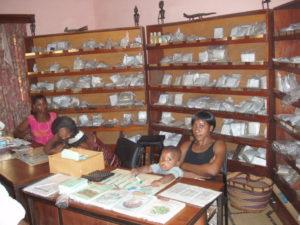
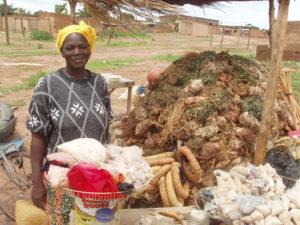
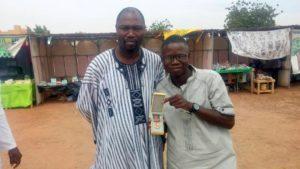
For these reasons, Nasara has been carrying out numerous projects with traditional doctors in Burkina Faso since 2014. The projects range from direct support for traditional doctors, to the cultivation and affordable distribution of medicinal herbs, or support for research into new methods and plants. Nasara almost always collaborates with local institutions such as the National Centre Semences Forestieres, the main plant research centre in Burkina Faso.
Traditional medicine is a far cry from the Western medicine that people living in developed countries are used to. Therefore, perhaps the best way to understand what this branch of medicine is all about is to get to know directly one of the centres that Nasara has been supporting for the longest time, namely the Lafi La Boumbou rehabilitation centre.
